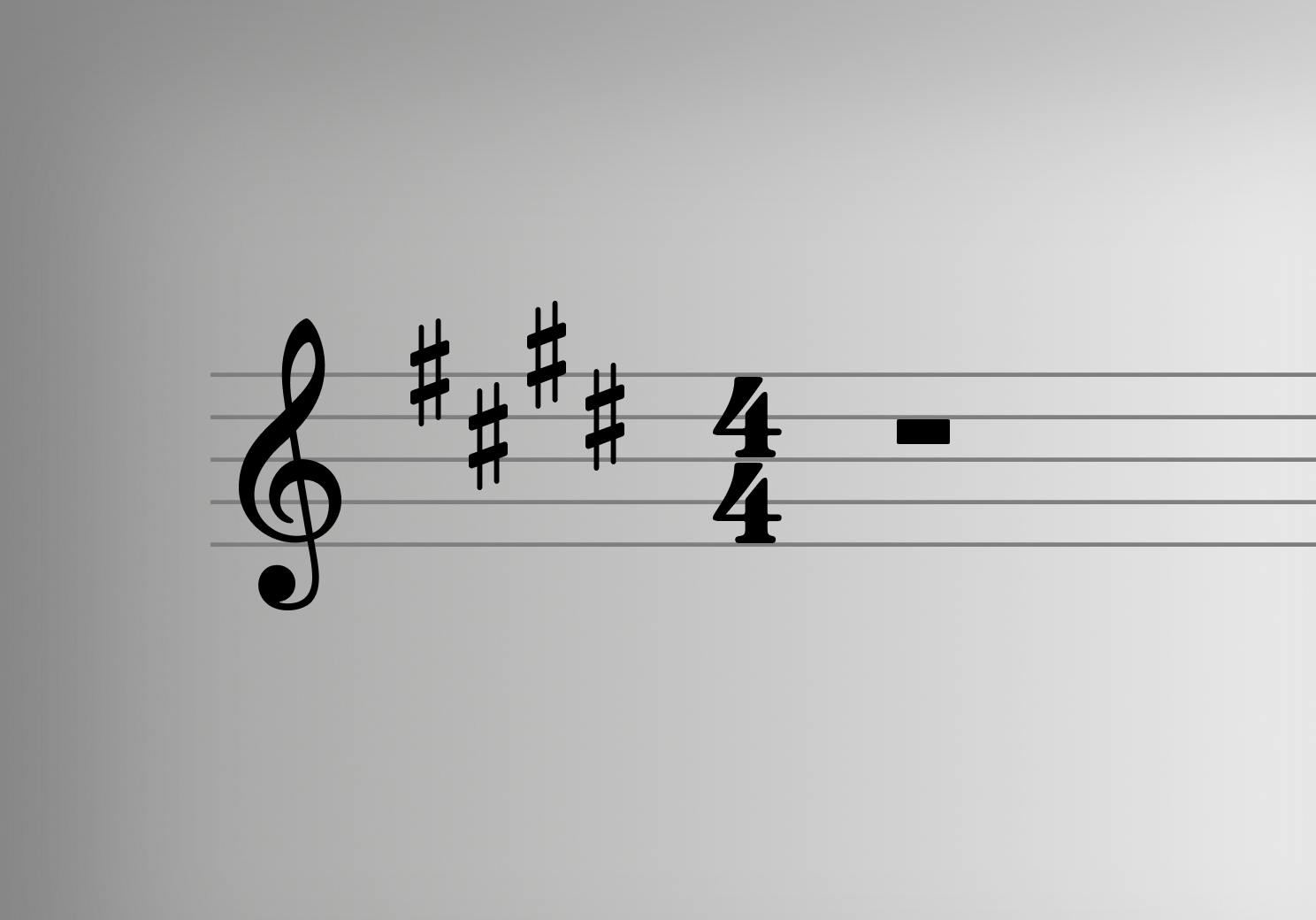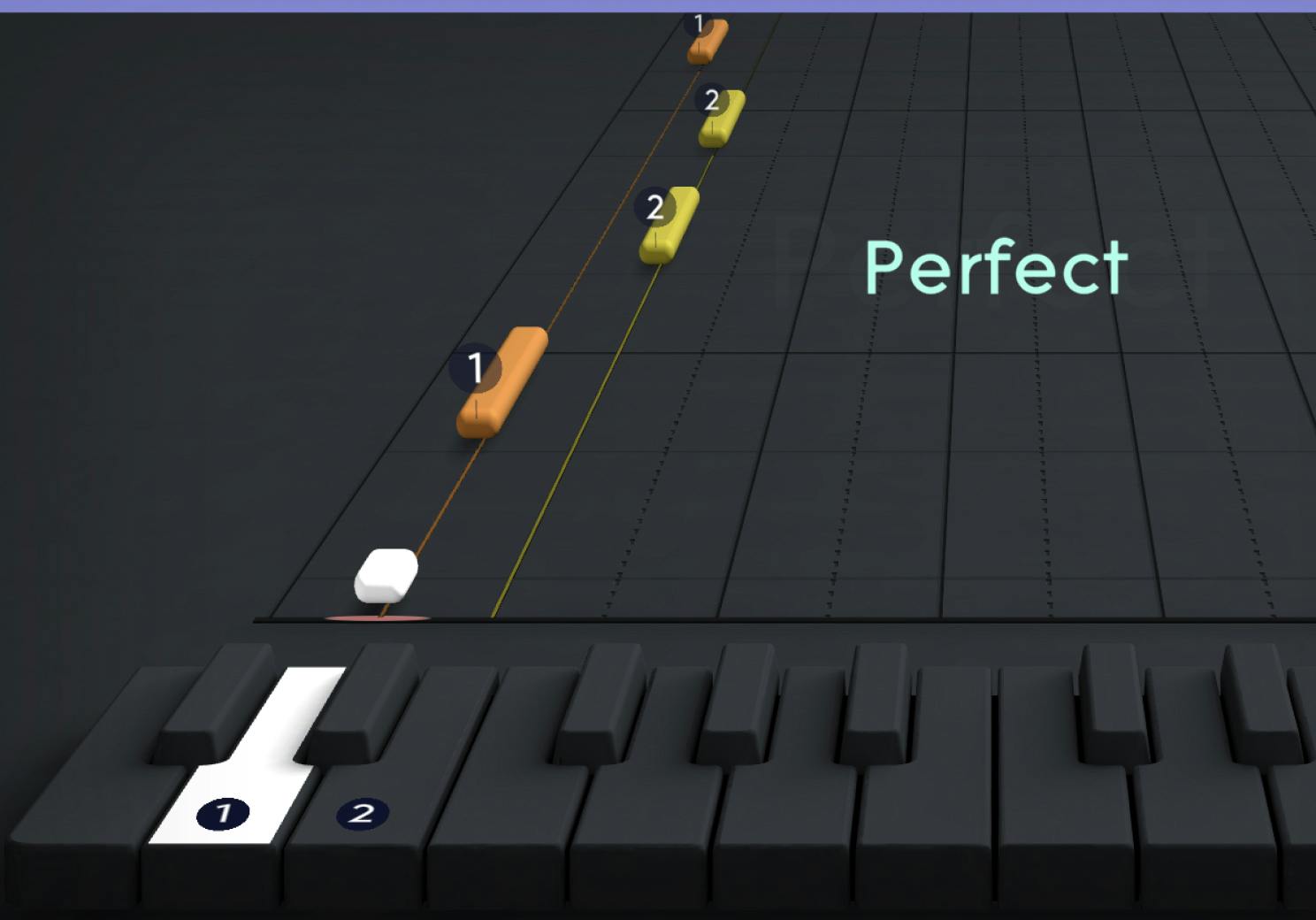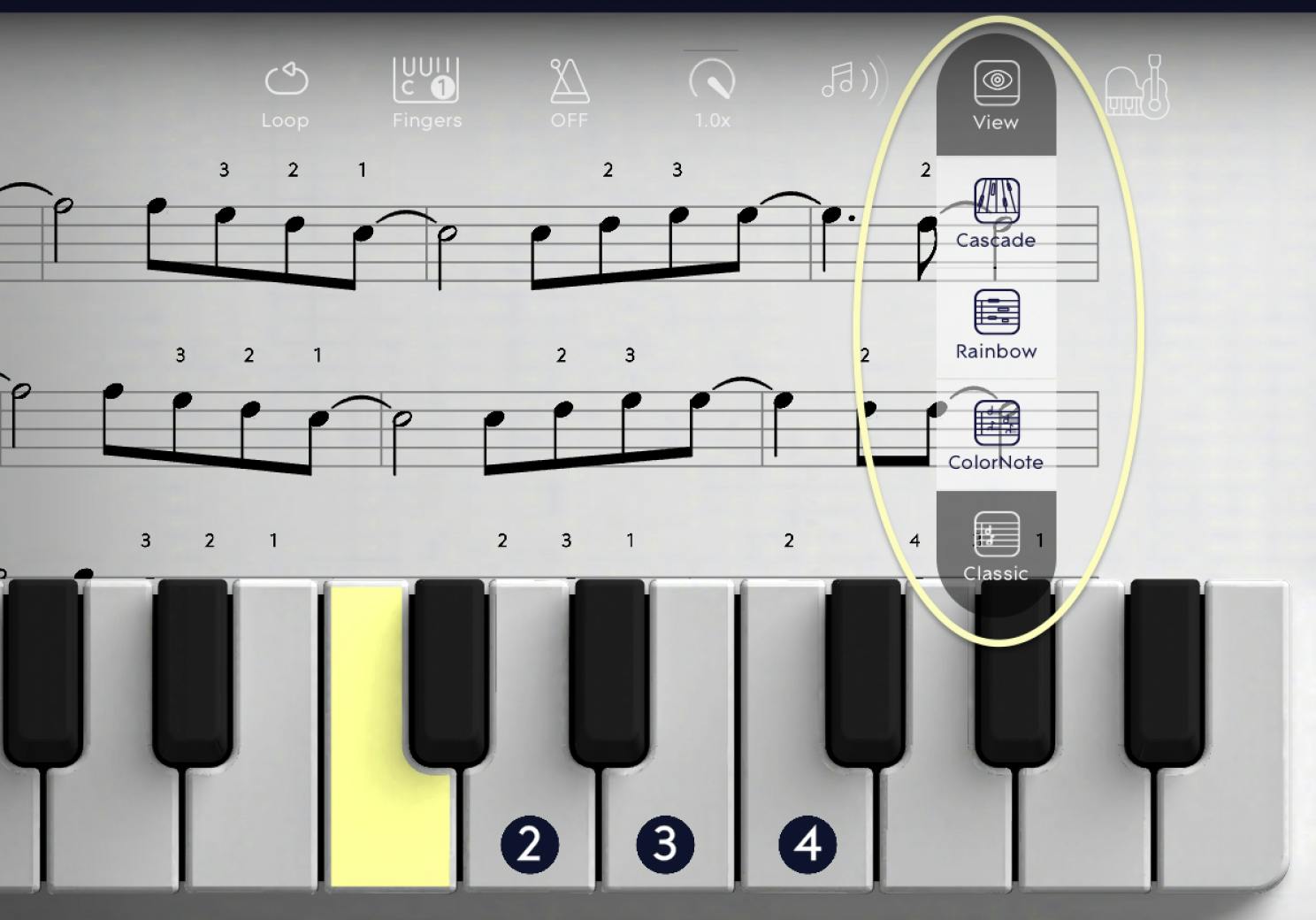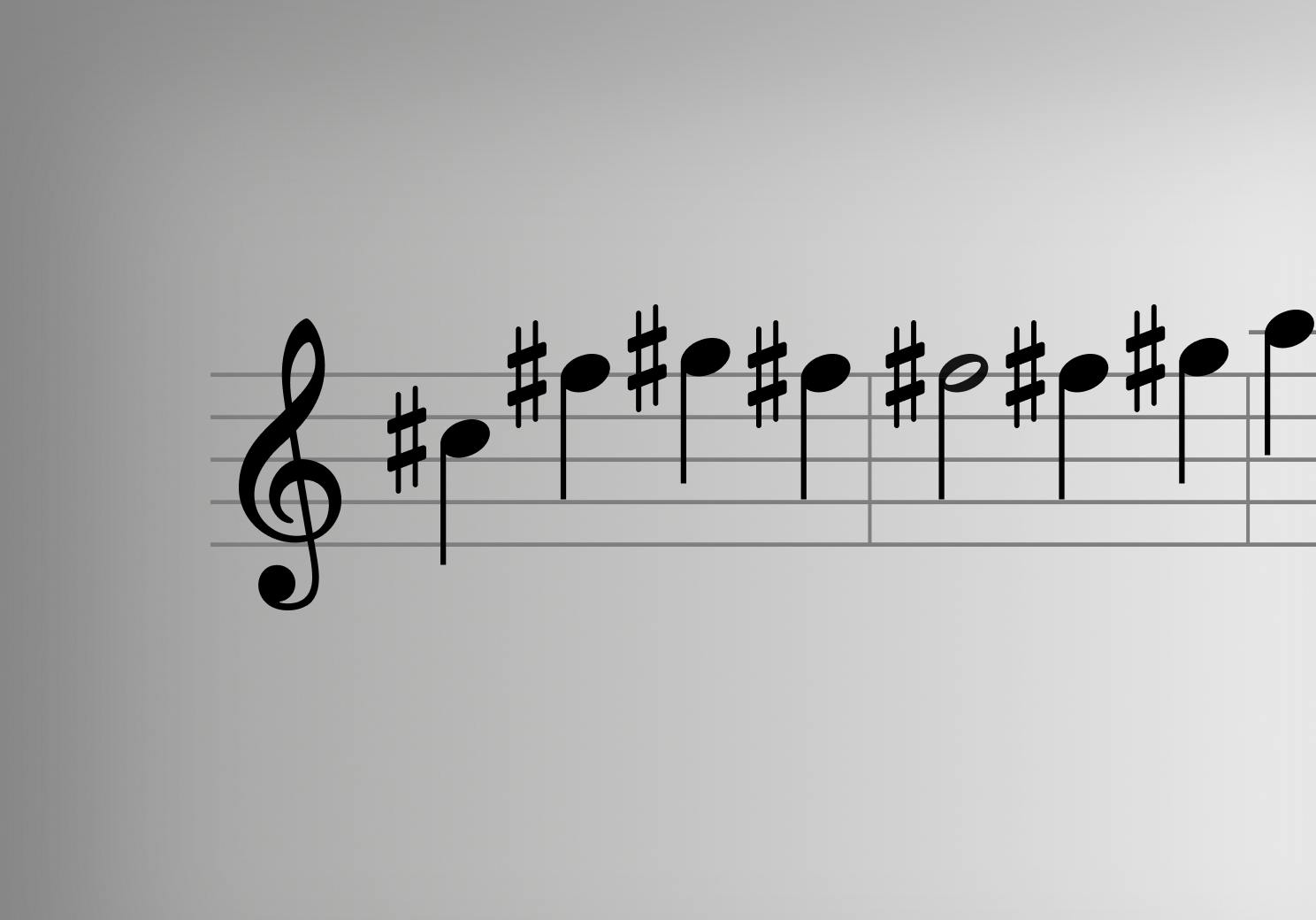If you’ve been reading the LUMI blog lately, you’ll have noticed that we’re taking time to go through a few elements of basic music notation. We’ve thus far taken a look at the treble and bass clefs, as well as time signatures. If you’re picking up piano for the first time or have never read sheet music, this is a great place to start!
The LUMI app includes four ways to visualize notes while learning: Cascade, Rainbow, ColorNote, and Classic. This is a series of posts which will refer to the last option, Classic, which is the View of standard sheet music. These guides will help you define key terms and add context to how they’re used in your learning journey.
Again, be sure to review the first first pieces of this series linked above should any terms mentioned below require further explanation!
What are key signatures?
A key signature is the way a player knows which notes are in key for the song they are about to learn or play. This can be found at the beginning of a piece of sheet music, just before the time signature and after the clef. Here is an example:
E major key signature
Key signatures are visualized through either a set of sharp (#) or flat (b) symbols. The notation above indicates that, in the key of E major, there are four sharp notes. And yes, the order you see above is important! More on that later.
In Western Music theory, there are 12 such signatures, each one’s ‘’root note’’ correlating to one of the 12 notes in the chromatic scale. This root note is established as the first of the (often) seven notes that make up the scale of a song. As an example, this note creates that feeling of ‘’ah, I’m back home’’ when a song comes to an end. This is often because the melody or chord progression has returned to this root note, “resolving” the key.
The root also informs us of the chords we can use, which is where you may have heard the phrase ‘’in key.’’ Many genres of music will purposefully break those rules of music theory by playing a chord or note that is technically out of key. This is done by artists to create tension, or experiment with their sound. But before breaking the rules, you need a key signature to provide the rules!
How to read key signatures
If you’ve started to use the LUMI App by now, you’ve probably begun to play a number of songs with notation like this:
While this is one method of learning, and one we really believe in especially for beginners, it does not visualize a key signature. This we can only find when we change the settings to Classic View as such:
Switch to classic view
There is only one key which uses no sharps and flats, which is C Major. By no sharps and flats, we mean that only the white piano keys on a traditional piano are used. We know, your keyboard lights up 🤩 We mean the longer keys, those that extend closest to you while playing.
All 11 other keys include at least one sharp or flat, and we mentioned before that these are added to key signatures in a specific order. This means that, reading from left to right, the notated sharps or flats are always written in the same order.
The order for sharps is F#, C#, G#, D#, A#, E# and B#.
The order for flats is Bb, Eb, Ab,Db, Gb, Cb, Fb.
If you memorize these orders, you can eventually know what sharps and flats you need to play with a quick glance, recognizing a key signature by sight or through counting rather than reading individual notes.
In a future blog post, we will explain more advanced ways to read these key signatures, memorizing the infamous “circle of fifths,” and discuss more about major and minor keys. If you’ve never heard the term “enharmonic,” you’ll be in for a treat!
Why key signatures exist
So you may be asking, why go through all of this trouble? Well, key signatures essentially allow the composer (and the player) to save space and remove clutter in the music. Think about it this way: if we are playing in A, our major key with three sharps, it would look quite repetitive if every time one of those notes were played, a ‘’#’’ symbol was added. Have a look at what this would look like for a simple melody, notated every time, vs. with a key signature:
A Major manually notated against with a key signature
As you can see, establishing the sharps and flats of a key at the beginning of the music means that we do not need to notate those throughout the song. Much easier, right?
If you begin playing with this View in the LUMI App, you will soon notice that there are still songs which notate sharps, flats, and naturals (♮). We refer to these as incidentals, and it means that the composer actively raised or lowered a note to play, temporarily, outside of the scale. The more you understand the key signature, the more you will understand incidentals and be able to play them correctly.
Someday, you can do so by sight within traditional sheet music! But maybe use any of the first three views as you get started.
Further research and exercises
We hope this guide was a helpful start to your understanding of musical keys and how they are written. If you’d like to continue learning, please stay subscribed to our newsletter as we continue this series with further topics.
If you are interested in knowing what keys your favorite songs are in, check out this helpful list as a start. You can even upload your own melodies or full songs you may have written!
If you want to work on your ear training, visit keydle.playlumi.com for daily challenges.




